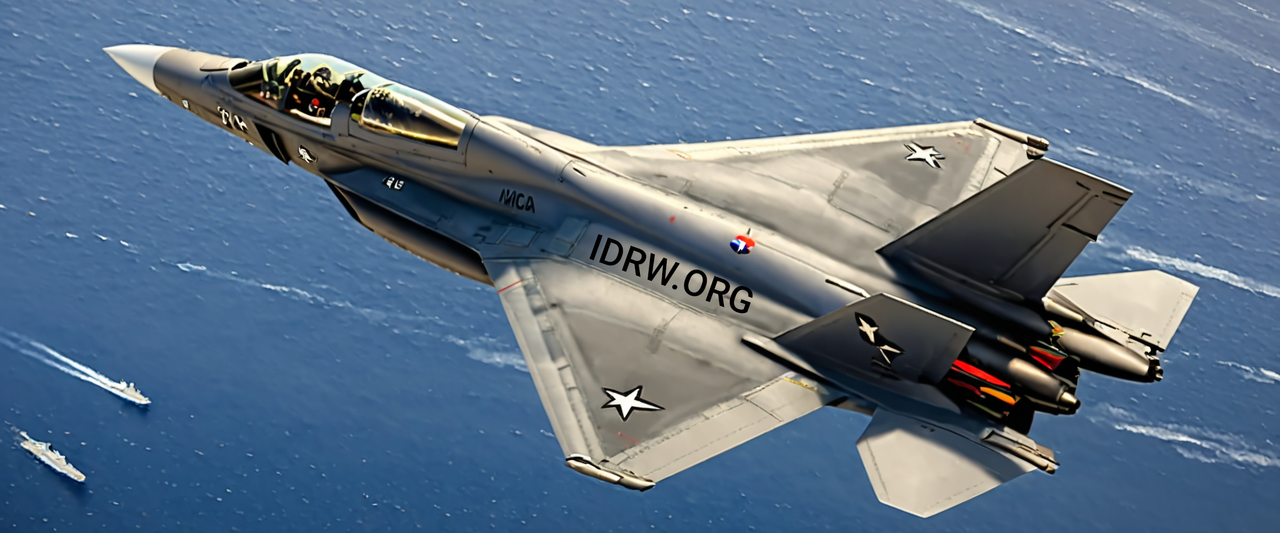SOURCE: AFI

As India seeks to modernize its naval aviation capabilities, the choice between the Naval AMCA (Advanced Medium Combat Aircraft) and the Twin Engine Deck Fighter Based Aircraft (TEDBF) has become a subject of intense debate. While the TEDBF has received significant attention, there are compelling reasons to prioritize the Naval AMCA, a true fifth-generation fighter jet program.
India’s investment of 15000 crores in the AMCA program is a strategic decision that reflects the country’s commitment to developing cutting-edge military technology. The Naval AMCA could offer many advantages, making it a more promising option than the TEDBF.
The AMCA is designed to be a true fifth-generation fighter jet, incorporating advanced features such as stealth technology, internal weapons bays, sensors, and powerful engines. These capabilities are essential for operating in complex and contested environments and the development of Naval AMCA should be a logical choice now since the TEDBF that was to complete its maiden flight by 2026 won’t be happening since the program is yet to get CCS clearance in 2024.
Investing in the Naval AMCA will provide India with a long-term strategic advantage. The program will not only equip the Indian Navy with superior fighter aircraft but will also foster the development of Indigenous defence technologies and create new opportunities for domestic industries.
While the TEDBF is a promising program, it is important to note that it is not a true fifth-generation fighter jet and the program is already delayed with AMCA Prototype planned to have its first flight in 2028, Naval-AMCA is making more sense now and TEDBF capabilities are more limited compared to the Naval AMCA, and it may require additional development costs to meet the evolving requirements of naval aviation.
Given the significant investment already made in the AMCA program, it is prudent to prioritize its development. By focusing on the Naval AMCA, India can ensure that its naval aviation capabilities remain at the forefront of technological advancement.